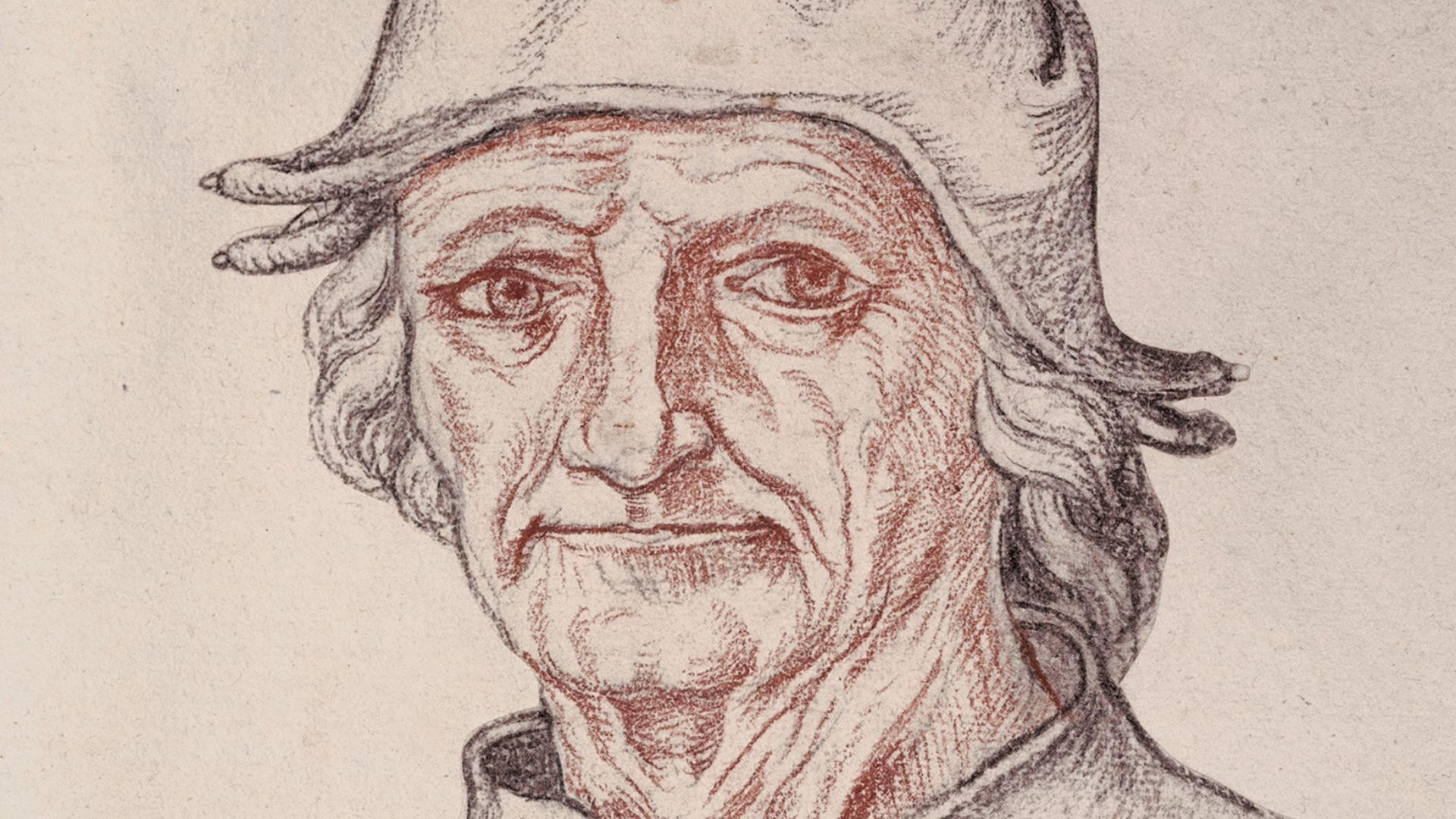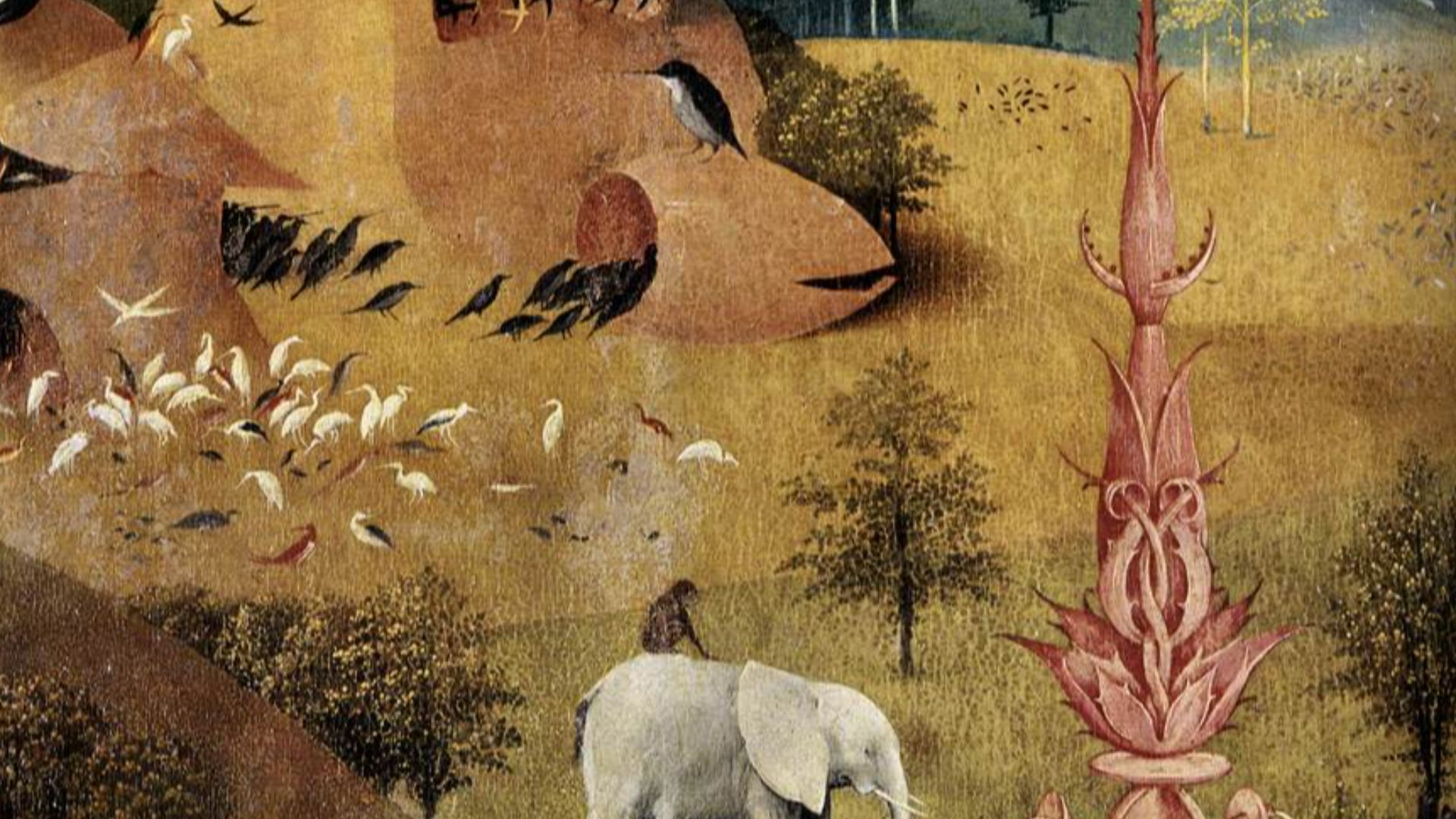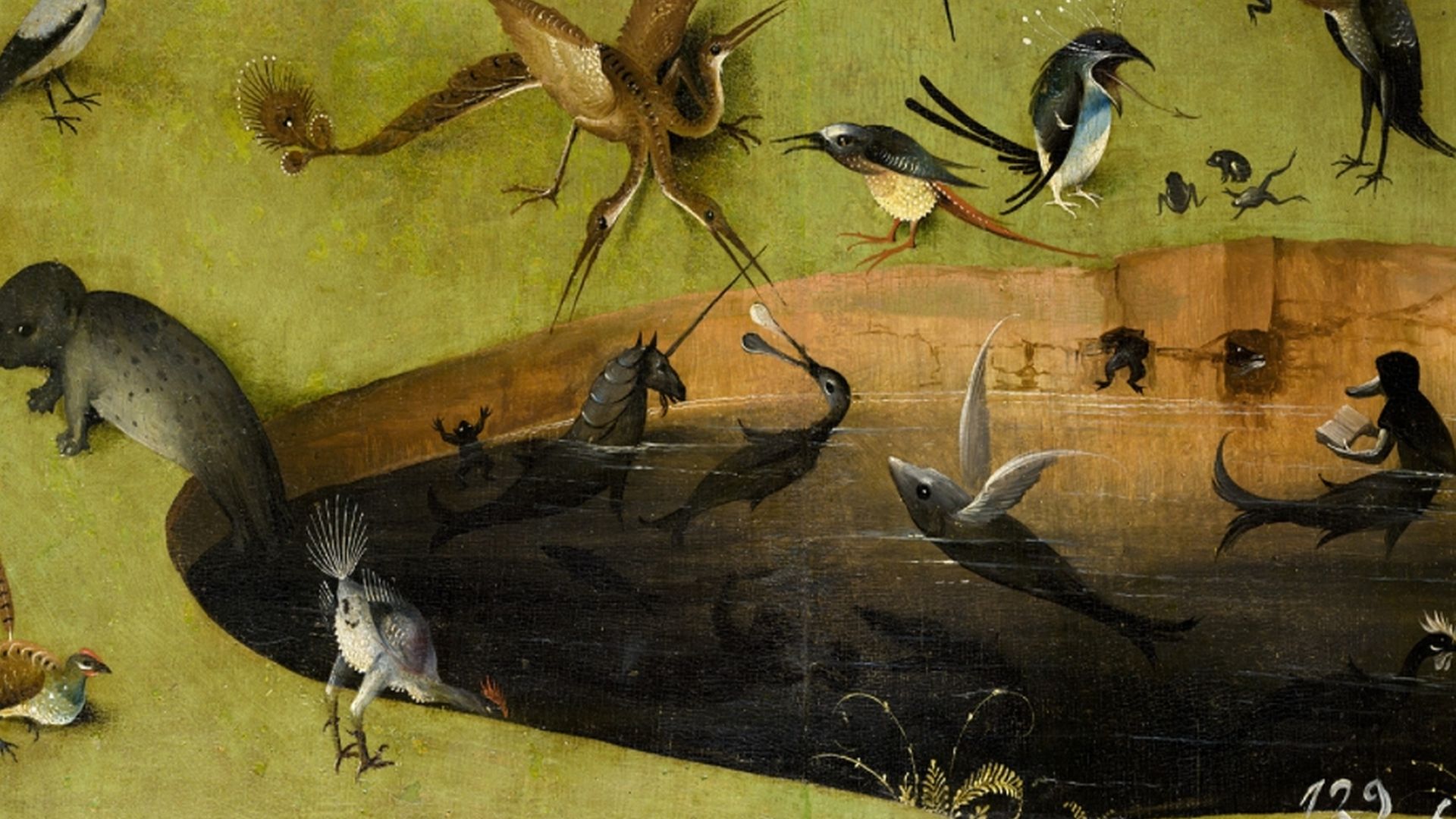 Attributed to Jacques Le Boucq on Wikimedia
Attributed to Jacques Le Boucq on Wikimedia
In the quiet Dutch town of s-Hertogenbosch around 1500, a local artist completed what would become one of history's most provocative works of art. Hieronymus Bosch's triptych The Garden of Earthly Delights appears at first glance to be a fantastical dreamscape.
Yet beneath its enchanting surface lies a profound challenge to medieval religious and social conventions. Join us as we take a deeper look behind this celebrated piece of art.
The Enigmatic Masterpiece
While most artists of his era created works grounded in everyday experience, Bosch confronted viewers with what art historian Walter Gibson called "a world of dreams and nightmares in which forms seem to flicker and change before our eyes." Early critics dismissed him merely as "the inventor of monsters and chimeras," failing to grasp the revolutionary nature of his vision.
Unlike the didactic religious art of his contemporaries, Bosch's masterpiece doesn't present a straightforward moral lesson. Instead, the triptych's intricate symbolism has sparked centuries of debate among scholars, with interpretations ranging from warnings about sinful behavior to celebrations of paradise lost.
Challenging Religious Orthodoxy
Yes, Bosch belonged to the religious Illustrious Brotherhood of Our Blessed Lady, but his work subtly questioned prevailing beliefs. The painting's central panel depicts hundreds of bare humans engaged in seemingly blissful activities without shame—a radical departure from the church's teachings about original sin and human guilt.
His paintings functioned as sermons on folly and sin, but with such visually enchanting forms and colors that they resisted simple condemnation. This ambiguity confused early critics, who assumed Bosch must have belonged to secret sects to create such unorthodox imagery.
What makes The Garden particularly subversive is how it reframes humanity's relationship with nature and pleasure. While medieval Christianity viewed earthly delights with suspicion, Bosch's central panel shows humans in harmonious, joyful communion with animals and nature. This vision appeared to challenge the harsh dichotomy between spiritual virtue and physical pleasure that dominated medieval thought.
A New Visual Language
Perhaps most revolutionary was Bosch's artistic approach itself. He invented his own visual symbols, combining traditional Christian imagery with Flemish folklore to draw entirely new metaphorical expressions. His fantastical creatures—flying fish and swimming birds—were designed to unsettle viewers and highlight the nonsensical nature of accepted behaviors in his time.
Bosch's work became influential across Europe precisely because it broke from artistic conventions. Where other painters followed strict representational rules, Bosch created dreamlike scenarios. These spoke directly to the psychological and spiritual anxieties of his era.
Five centuries later, The Garden of Earthly Delights continues to challenge viewers. Its radical vision influenced later artistic movements from Surrealism to modern fantasy art. By questioning religious dogma, social norms, and artistic conventions all at once, this single painting opened new possibilities for how art could engage with the deepest questions of human existence.
As we stand before Bosch's masterpiece today, we're still confronting the same provocative questions it posed in 1500: about pleasure and punishment, nature and civilization, freedom and constraint—and the thin line between heaven and hell that runs through the human heart.
KEEP ON READING

How The Netherlands Became A Bike-Focused Country, And If We…
Gaurav Jain on UnsplashThe city of Amsterdam is well-known to…
By Breanna Schnurr Nov 18, 2025
How Irena Sendler Smuggled 2,500 Children Out of the Warsaw…
Unknown authorUnknown author on WikimediaIrena Sendler was a Polish social…
By Cameron Dick Nov 18, 2025
Why People Still Argue Over Shakespeare's Authorship 400 Years After…
Attributed to John Taylor on WikimediaWhat do Helen Keller, Sigmund…
By Ashley Bast Nov 18, 2025
These Death Sentences Should Have Been Commuted
CACorrections (California Department of Corrections and Rehabilitation) on WikimediaThe death…
By Rob Shapiro Nov 18, 2025
20 Of History's Most Innovative Artists
Where Would Art Be Without There Trailblazers?. Throughout history, some…
By Emilie Richardson-Dupuis Nov 18, 2025
The Impact Of Michael Jackson's Thriller Album On Music History
Call Me Fred on UnsplashReleased on November 30, 1982, Thriller…
By Farva Ivkovic Nov 17, 2025


